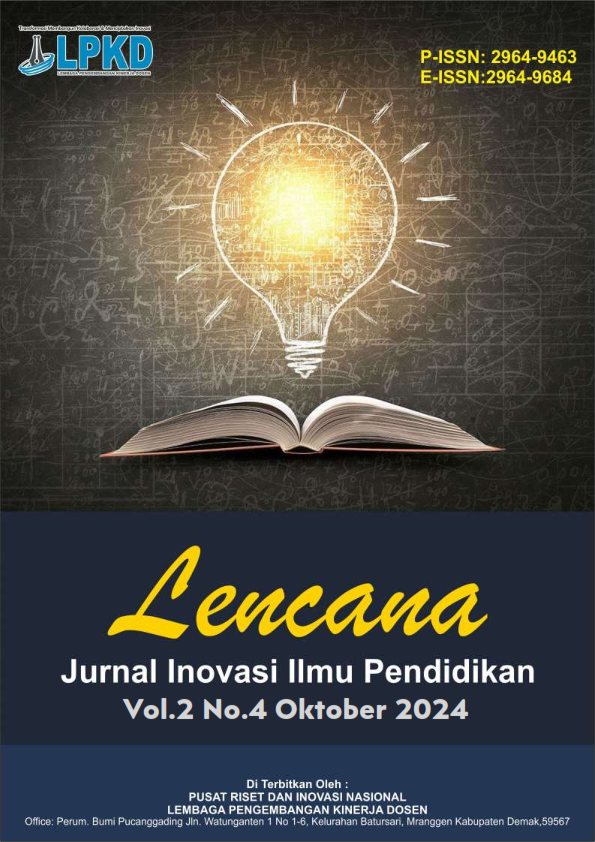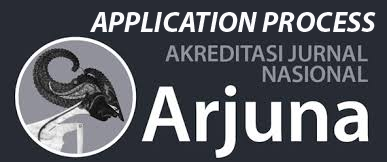Pembuatan Kulit Pie Berbahan Dasar Tepung Porang
DOI:
https://doi.org/10.55606/lencana.v2i4.4048Keywords:
Pie CrustPie Crust, Porang Flour, Porang TubersPorang TubersAbstract
Pie crust made from porang flour is an innovation that utilizes the results of cultivating porang tubers. This research aims to determine: 1) the best sensory test quality of pie crust made from porang flour; 2) nutritional content, namely water, fat, protein, carbohydrate, ash and fiber content; 3) selling price for pie crust made from porang flour per piece weighing 30 gr. The research method used was experimentation by carrying out 3 different treatments to determine the best sensory test. The research method used in this research is experimentation. The data collection technique is through sensory quality testing using instruments with 30 panelists. The data that has been collected is then analyzed using SPSS version 27 single anova test (one way anova). The research results show that; 1) the formula used to make pie crust is made from porang flour using 60% porang flour and 40% wheat flour, with the formulation 210-grams of porang flour, 140-grams of wheat flour, 25-grams of refined sugar, 280-grams of margarine, 1 ½ tsp salt, 85-ml ice water; 2) laboratory test results for the nutritional content of pie crust made from porang flour, namely water content 7.11%, fat 2.96%, protein 6.11%, carbohydrates 67.90%, ash 0.91%, fiber 3.62% ; and 3) The selling price of pie crust made from porang flour per piece weighing 30 grams.
Downloads
References
Agus, M. (2023). TANAMAN PORANG DI DESA PAKEL. Trenggalekkab. Retrieved from https://pakel-pule.trenggalekkab.go.id/first/artikel/309
Anonymous. (2013). Sejarah Awal Mulai Pie Dan Perkembangannya. Sejarah.Blogspot. Retrieved from https://tau-sejarah.blogspot.com/2013/04/sejarah-awal-mula-pie-dan.html
Damayanti, W., Aprillia, Sunarharum, B., Azarine;, D. Y. A., Rahmawati, F. R., & Donnabella, F. (2020). OLAHAN APEL DAN STROBERI (PASTRY DAN PIE) SERTA PENGEMASANNYA. Retrieved from https://www.google.co.id/books/edition/OLAHAN_APEL_DAN_STROBERI_PASTRY_DAN_PIE/mHRMEAAAQBAJ?hl=id&gbpv=1
Ferdian, M. A., & Perdana, R. G. (2021). Teknologi Pembuatan Tepung Porang Termodifikasi Dengan Variasi Metode Penggilingan Dan Lama Fermentasi. Jurnal Agroindustri, 11(1), 23–31. https://doi.org/10.31186/j.agroindustri.11.1.23-31
Hudiah, A., & Sidik, D. (2023). Bahan Ajar Pembuatan Pie dan Sus. Penerbit P4I. Retrieved from https://books.google.co.id/books?id=OkjnEAAAQBAJ
Kadek, N. A. D. (2019). Produk Pastry dan Bakery.
Khoirunnisa, R. (2016). Eksperimen Pembuatan Kulit Pie Subtitusi Rumput Laut Eucheuma Cottonii. In Pendidikan Kesejahteraan Keluarga Konsentrasi Tata Boga.
Mahirdini, S., & Afifah, D. N. (2016). Pengaruh substitusi tepung terigu dengan tepung porang (amorphophallus oncopphyllus) terhadap kadar protein, serat pangan, lemak, dan tingkat penerimaan biskuit. Jurnal Gizi Indonesia (The Indonesian Journal of Nutrition), 5(1), 42–49. https://doi.org/10.14710/jgi.5.1.42-49
Mi, P., Patin, I., & Gelling, S. (2021). Kata kunci: ikan patin, mi basah, SWOT, tepung porang 2 1. 2(2), 70–78.
Moringa. (2021). Formulasi Dan Karakteristik Mie Tepung Porang.
Muhammad Basyaruddin. (2023). Kualitas Nastar Berempah Wedang Uwuh Berbahan Dasar Mocaf. Journal of Creative Student Research (JCSR), 1(4), 167–179.
Downloads
Published
How to Cite
Issue
Section
License
Copyright (c) 2024 Lencana: Jurnal Inovasi Ilmu Pendidikan

This work is licensed under a Creative Commons Attribution-ShareAlike 4.0 International License.








